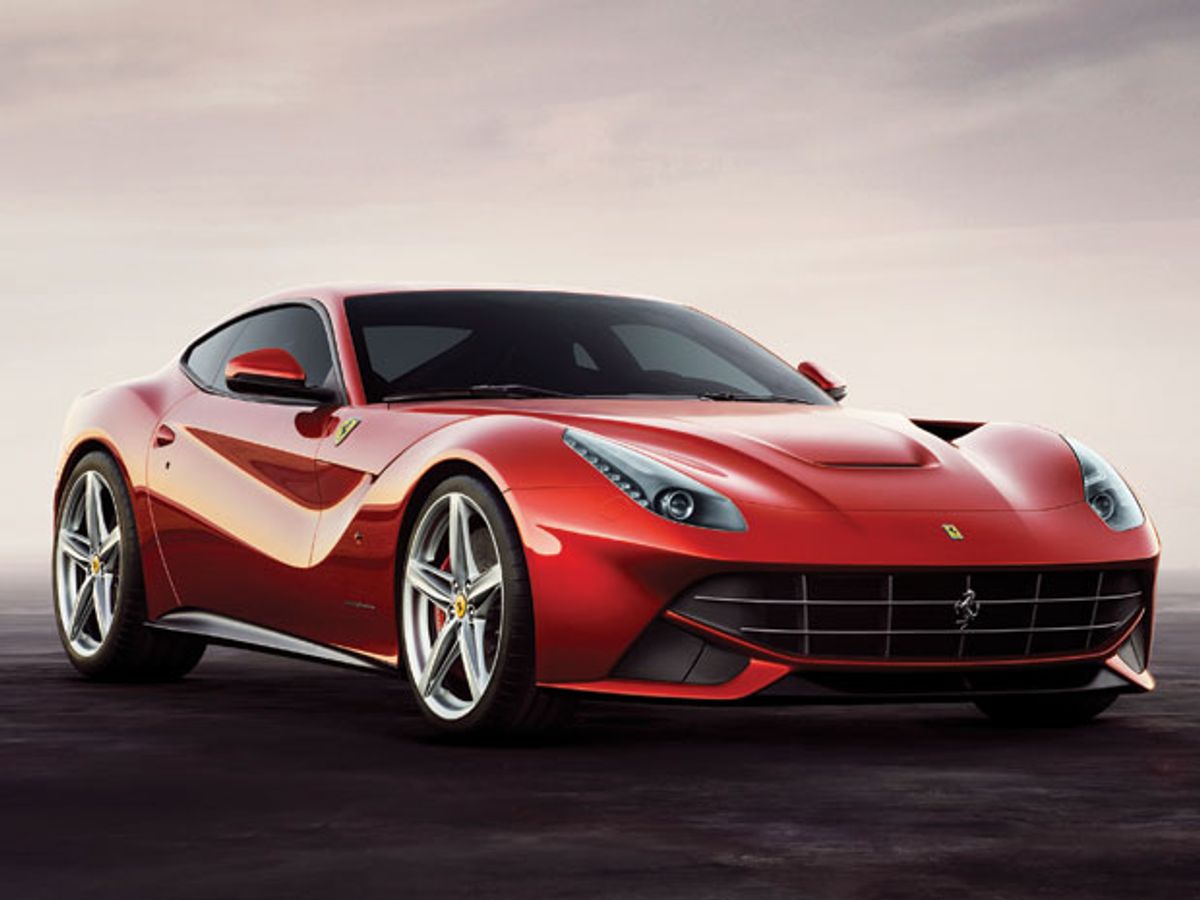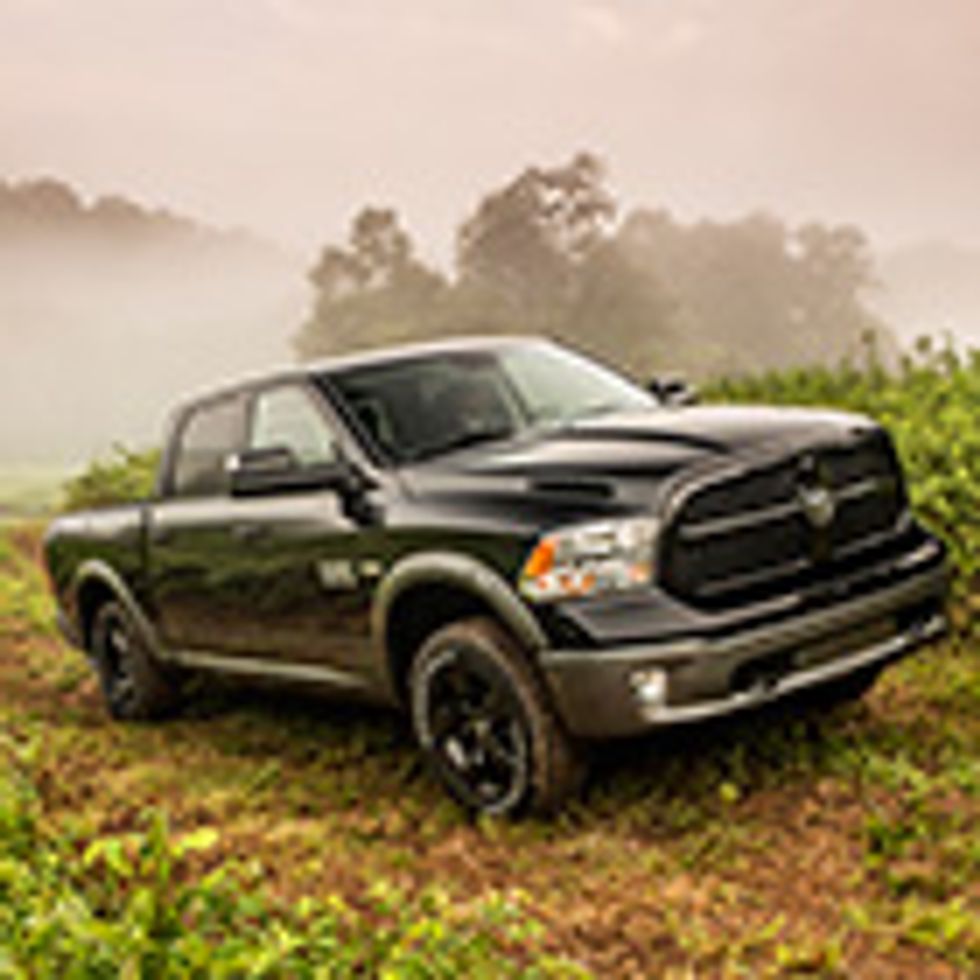Top Tech Cars 2013: Ferrari F12 Berlinetta
Again, we get unmatched speed from the master of same

Creating the “fastest Ferrari in history” means you have to one-up automotive legends like the Enzo, so you’re in for some serious engineering.
Yet with its unprecedented formula of wind-cheating brute force, the F12 Berlinetta is indeed the quickest production car to emerge from Ferrari’s redbrick factory in Maranello: A top speed of 340 kilometers per hour (211 miles per hour) and an acceleration of 0 to 100 km/h (0 to 62 mph) in 3.1 seconds. Now all you need is US $316 000, and perhaps some esoteric trim demands to verify those claims. Bespoke denim interior, anyone?
For all its potency, this Ferrari’s greatest reward may be its pleasant nature, the way it lets even amateurs in on a real-life video game—minus the crash-and-burn endings. The dusty hills surrounding the company’s northern Italian home are an apt playground. By the second century B.C.E., the Via Aemilia was one of four great roads leading to Rome. And in today’s Emilia-Romagna, the narrow, crumbling roads suggest that the Roman army was the last to make repairs.
Yet with its array of Formula One technology, including a seven-speed F1 paddle-shift transmission, F1-Trac stability system, and road-taming rear differential, the Ferrari F12 still hews to the GT mantra. This successor to the lovely 599 comfortably accommodates runaway drives, runway-model legs, and custom Poltrona Frau luggage.
The nerve center is the manettino, the tiny crimson lever on the steering wheel that adjusts the parameters of multiple systems—engine, throttle, transmission, and stability and traction—for either a burbling cruise or a bellowing trip around a racetrack.
That beautiful music comes courtesy of the most powerful naturally aspirated V-12 in human history: a 544-kW (730-hp) 8700-revolution-per-minute masterwork that serenades the cabin via intake resonance tubes. Yet myriad reductions in internal friction—along with an engine stop-start system, a clutch-activated smart alternator that charges only when needed, and a multispark ignition system—reduce fuel consumption and emissions by 30 percent versus that of the 599.
The F12’s space frame and body shell employ 12 types of aluminum alloys, providing 20 percent more torsional rigidity than its predecessor yet weighing 70 kilograms (154 pounds) less. And though Ferraris are known for their alluring bodies, this is the first one with cleavage. The innovative Aero Bridge directs air through two plunging valleys in the hood, along door channels and into the “blown” spoilers surrounding the rear wheel wells. The air interacts with their wake to reduce air pressure and drag.
The Aero Bridge, spoilers, and a vortex-producing flat underbody—so artfully formed that it’s worth crawling under for a peek—create the most aerodynamic Ferrari ever, producing 123 kg of downforce at 200 km/h. That’s a massive 76 percent more stick-to-the-pavement force than exerted by the 599.
A revised magnetic suspension joins an F1-based carbon ceramic braking system with Active Brake Cooling, via brake-duct vanes that open only when brake temperatures require it. Those brakes halt the F12 from a speed of 200 km/h in a remarkable 131 meters. The F12 has also recorded history’s fastest lap on the company’s venerable Fiorano test track, completing the circuit in 1 minute 23 seconds—a second or two faster than the Enzo ever did.
But forget the track times and technical wizardry. This is the most responsive, fun-to-drive Ferrari F12 in history, and that’s saying a lot. Its computer controls are constantly churning, striving to maximally apply that Zeus-like power to the pavement. Yet the mortal behind the wheel is hardly aware of it.
In my hands, the Ferrari subdued some of the nastiest, goat-trammeled two-laners in northern Italy, and with the serene assurance of the local maître d’s. The F12 hurtles and howls, pivots and drifts, stops from supernatural speeds. Excessive enthusiasm summons flashing stability control alerts at various levels of electronic oversight, depending on your bravery with the manettino switch. But those throttle, transmission, or brake interventions, nearly as instantaneous as those of an F1 car, never interrupt the torrent of sensation and performance. Squeeze the gas, flick the quicksilver steering, and the Ferrari responds like a genie nestled within a fragrant, leather-lined designer bottle.
Considering the F12’s price and Fabergé-like elusiveness, there’s only one problem: Even a genie probably couldn’t get you one.
Price: US $316 000 Power plant: 544-kW (730-hp) V-12 Fuel economy: Don’t ask. But if you must, it’s estimated at 15.7 L/100 km (15 mpg)
Ram 1500
This pickup’s as powerful as it looks, but it’s frugal with fuel
